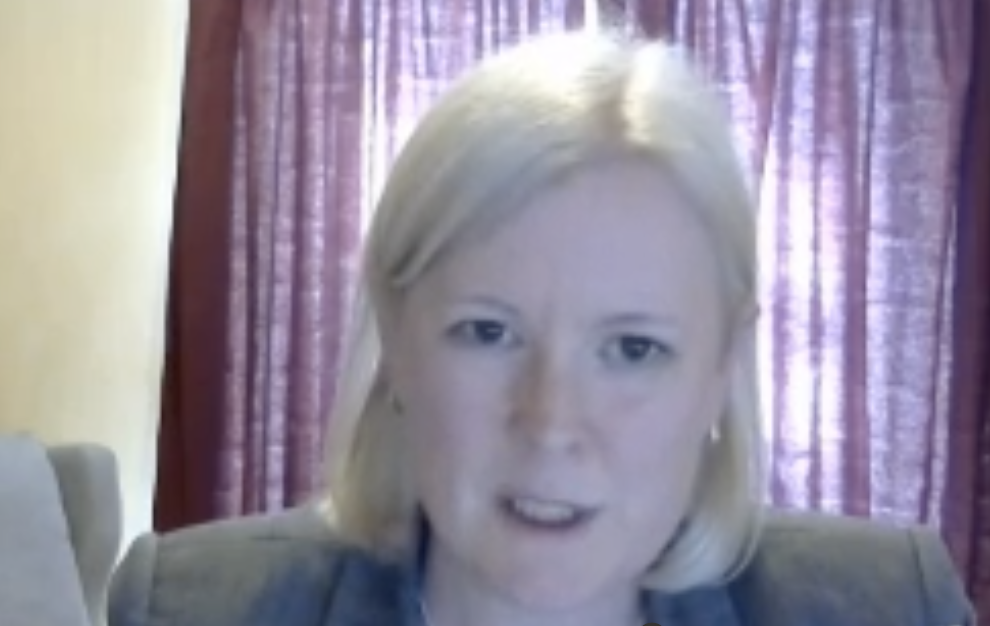Coronavirus: Office workers 'should sit back-to-back' to reduce spread of infection

A top scientist has suggested office workers should sit back-to-back in future to “significantly reduce” the likelihood of coronavirus transmission.
Prof Catherine Noakes, who is part of the government’s Scientific Advisory Group for Emergencies (SAGE), suggested people sitting back-to-back or side-to-side could better avoid the “plumes” coming out of their colleague’s mouths.
Prof Noakes, appearing before the Commons science and technology committee on Friday, told MPs: “If people are back-to-back or to the side then the risk is lower.
“We believe it is by about one metre to the side or the back that you are breathing what’s in the air of the room, rather than the plume that’s coming out of somebody’s mouth.”
Despite the government’s partial lifting of lockdown restrictions last week, it is still encouraging people to work from home when they can.
It remains uncertain when people will be returning en masse to indoor workplaces, particularly as the spread of COVID-19 is much more likely indoors.
Asked specifically about back-to-back working, Prof Noakes went on: “There is a little bit of scientific evidence. It tends to come from very controlled studies where people either do a computer model or where they set up mannequins in a chamber and aerosolise particles as a surrogate. Most of those studies show that back-to-back is significantly lower risk.
“The risk at that point would be the fine aerosol particles which remain in the air, which if the room is well ventilated is likely to pose a much smaller risk of infection.”
She added: “You can’t eliminate risk completely but you can significantly reduce it.
“I think the thing that would have to be considered there is if you set something up where people are back-to-back or at different angles to each other, whether they will actually remain in that position. You’ve got to take into account human behaviour.”
Read more: London didn't, in fact, have zero coronavirus cases on Monday
Prof Noakes, a professor of environmental engineering for buildings at the University of Leeds, told the committee that COVID-19 is transmitted through respiratory droplets, mainly in indoor environments and particularly those that are poorly ventilated.
Even then, she said someone has to be exposed to a sufficient “dose” of the virus over a sustained period of time.
She said transmission can happen in three main scenarios:
Person-to-person, within two metres, while face-to-face. This is viewed as the biggest risk
Droplets landing on a surface which is then touched by another person
Inhaling smaller particles which have remained in the air for longer periods of time
Coronavirus: what happened today
Click here to sign up to the latest news, advice and information with our daily Catch-up newsletter
Read more about COVID-19
How to get a coronavirus test if you have symptoms
What you can and can’t do under lockdown rules
In pictures: How UK school classrooms could look in new normal
How public transport could look after lockdown
How our public spaces will change in the future
Help and advice
Read the full list of official FAQs here
10 tips from the NHS to help deal with anxiety
What to do if you think you have symptoms
How to get help if you've been furloughed


